Russian Glide Bombs are Shifting the Ukrainian Tide of War
Soviet-era ammunition is being given a 21st-century make-over with devastating effect.
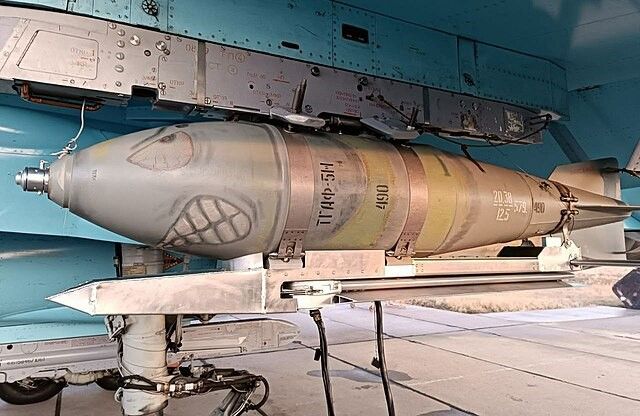
The use of low-cost drones with added explosive warheads has shaped the fighting in Ukraine in a manner never before seen on the battlefield. They are improving artillery accuracy, making hidden troop movement impossible, and destroying trench positions and even battle tanks.
However, weapons developers in Russia have found a potentially even more destructive force in modifying Soviet-era bombs into so-called ‘glide bombs.’
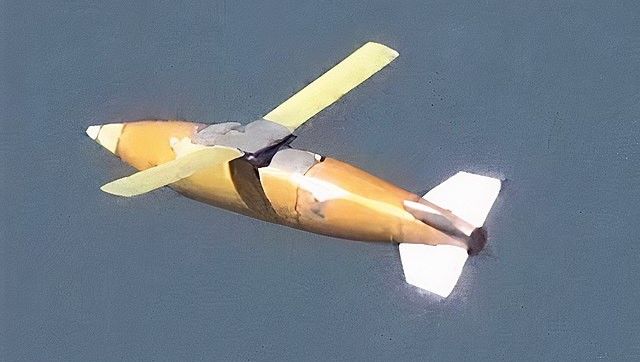
“The explosive part is essentially a conventional freefall iron bomb, of which Russia has hundreds of thousands in storage from the Soviet period,” explains Prof. Justin Bronk, a military technology specialist at the Royal United Services Institute. “They are fitted with pop-out wings which, after the bomb is dropped, will flick out to allow it to glide much longer distances.”
Doing so allows the plane to stay further from the front line, keeping it safe from anti-air defences. Meanwhile, the glide bomb is fitted with a satellite guidance system which allows it to accurately target stationary positions, such as buildings or fortified trenches.
With thousands of such bombs in storage, the Russians can easily produce each glide bomb for “somewhere in the region of $20,000 to $30,000” according to Prof. Bronk. Yet the weapon is able to function much like a multi-million-dollar missile.
“The destruction that the glide bombs create is extraordinary,” states a recent BBC report. “The ordnance thought to be most commonly used for glide bombs is the FAB-1500, which weighs 1.5 tonnes. For comparison, a Russian 152mm shell contains about 6.5kg of explosive material. Even the smallest glide bomb, the FAB-500 [see main picture], contains more than 200kg.”
The result is that they can destroy even the best fortified Ukrainian positions or level whole buildings when attempting to capture an enemy held town. As Prof. Bronk notes, “[Glide bombs] are making Ukraine's defensive strategy more difficult because the Russians can just continually bombard fixed positions until they're gone.”
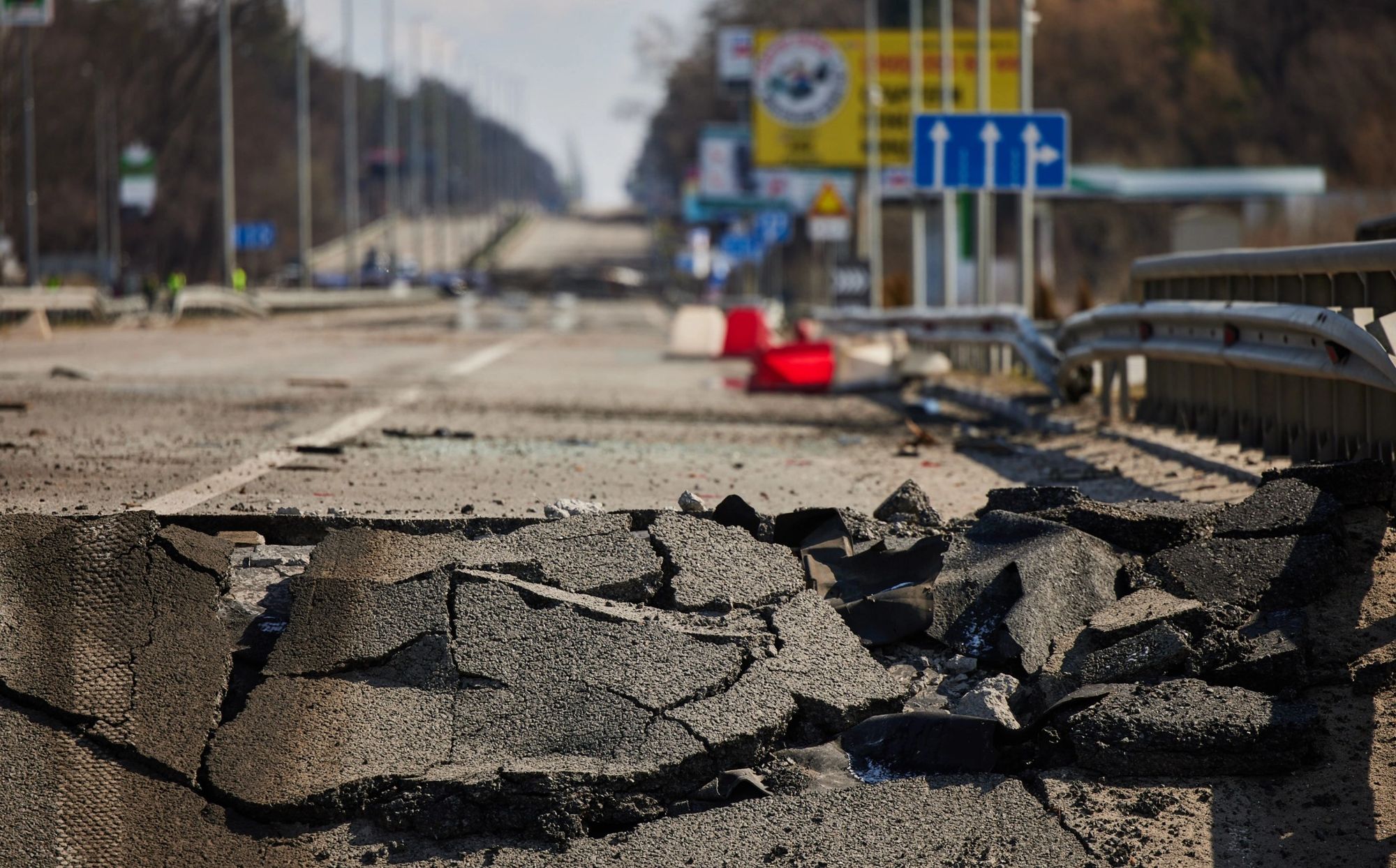
According to a recent assessment by the Centre for European Policy Analysis (CEPA), they played a crucial role in the capture of the strategically important and once heavily guarded eastern town of Avdiivka in February and are now being used in attacks on the northern city of Kharkiv.
Three thousand glide bombs were dropped on Ukraine in March alone, according to President Volodymyr Zelensky, with around 200 of them being used to bombard Vovchansk, a town close to Kharkiv, in just one week.
“There are no words to describe the aftermath of a glide bomb attack,” says Vovchansk police chief Oleksii Kharkivskywho witnessed the damage first-hand. “You arrive to see people who are lying there, torn apart.”
Ukrainian security analyst Mariia Zolkinabelieves that these modified ammunitions are of major concern to the defenders and signal a ‘new era’ for the military situation on the ground.
“They allow Russia to wipe out Ukrainian defensive lines without using their infantry,” she notes. “They have a completely different effect to artillery fire or even missile strikes.”
Of greatest concern to the Ukrainians is that they have yet to find a viable option to counter glide bomb attacks, as there are frequently too many of them to attempt to shoot them down mid-flight.
“You would blow through all the available air defence ammunition too quickly,” says Prof. Bronk.
Except for capturing the air bases which house the Su-34 fighter jets, the only other realistic option is to destroy the planes before they can release the glide bombs. But this would require the use of expensive and limited surface-to-air missiles, such as the US Patriot system. However, these would need to be placed closer to the frontline to strike at the attacking planes before they get into the bomb release zone. Positioning the Patriot systems there puts them at risk of being seen by more conventional Russian drones and then destroyed with artillery, drone, or missile strike.
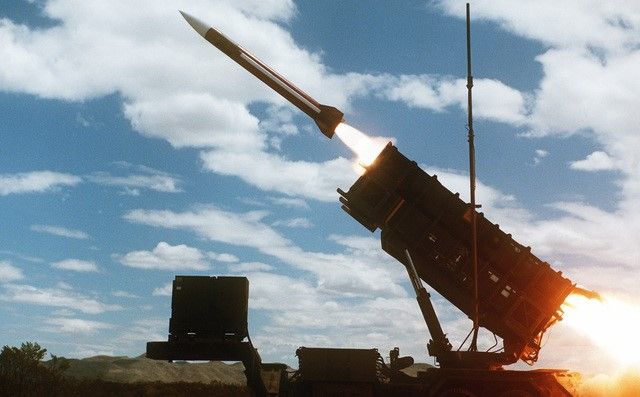
Without more fighter jets to attack the incoming Su-34s, the Ukrainians have been experimenting with attacks on Russian planes on the ground. In April, for example, Kyiv claimed to have used a wave of drones to destroy as many as six military aircraft and badly damage eight others at an airbase in Russia’s southern Rostov region.
While this may help reduce the number of glide bomb attacks, the reprieve will likely by short-lived as Prof. Bronk has also seen reports that the Russians have constructed a factory about 400km outside of Moscow with a production line which can quickly convert old bombs into glide bombs weighing more than three tonnes.
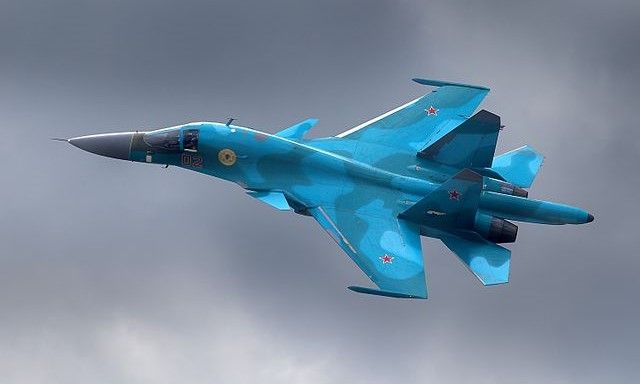
The devastating effect of glide bombs cannot be underestimated. These advanced weapons have proven to be highly destructive and pose significant threats to both civilian populations and military targets with little room for escape or defence.
“The military do not feel safe because their fortifications can’t protect them,” says Zolkina, “while civilians living in Kharkiv, people used to living under shelling, can’t escape a bomb which can destroy a seven-storey building.”
In the long-term, investing in advanced missile defence systems and countermeasures may provide a layer of protection and deterrence against glide bomb attacks. But for now, surveillance and intelligence-gathering capabilities are being enhanced to detect and intercept the Su-34s before they can reach their intended targets.
Without technological advances or a smart change of strategy, the Russians may be able to continue their advance by flattening every town that defends itself along the way. But only if the international community allows it.
Photo credit: Wikimedia, Picryl, Rawpixel, Wikimedia, & Wikimedia

